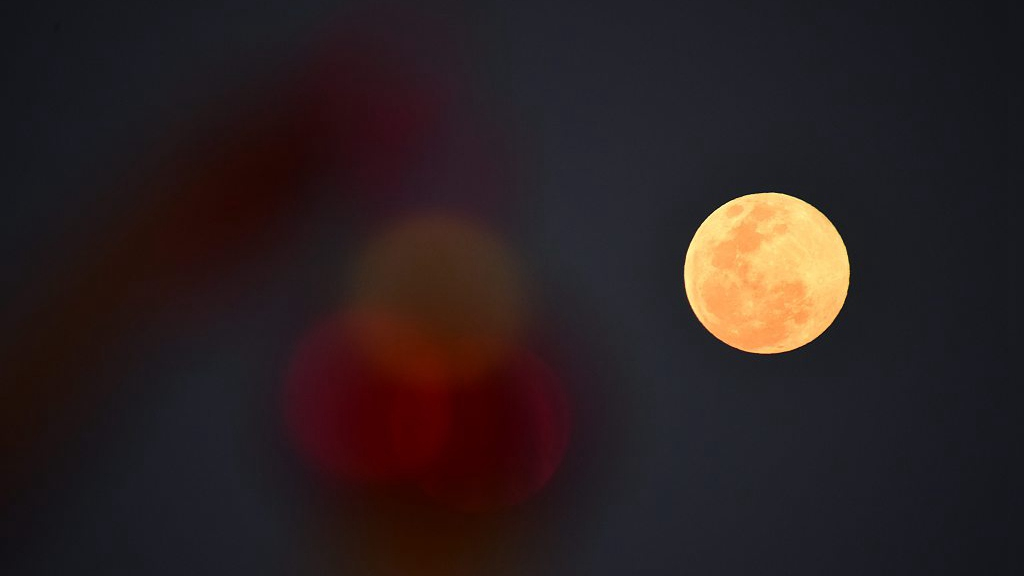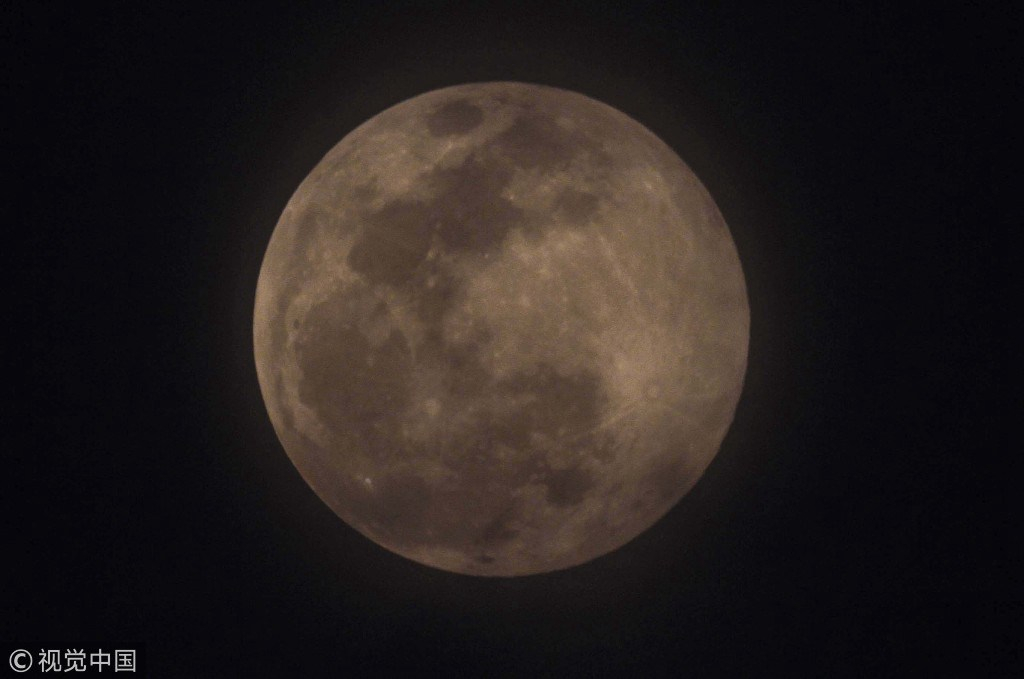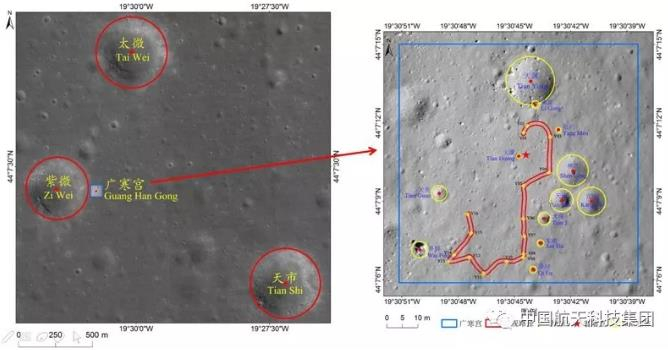
Science
21:51, 19-Feb-2019
How many Chinese places are on the Moon?
By Gao Yun

Tuesday marks the traditional Chinese Lantern Festival, but also, in a rare coincidence, the biggest supermoon of the year falls on the same day.
This isn't the only time the moon has taken on a Chinese characteristic. Did you know that there are a total of 27 Chinese places on the Moon?

The biggest full moon of the year shines on February 19. /VCG Photo
The biggest full moon of the year shines on February 19. /VCG Photo
As of the end of 2018, there are 22 places on the Moon related to China or concerning Chinese ancient scientists, modern astronomers and mythological figures, in memory of the pioneers exploring space.
And lately, five more Chinese names have been approved by the International Astronomical Union (IAU) for lunar geographic entities due to the achievements made by the Chang'e-4 probe, including "Statio Tianhe" for the landing site of the probe, Zhinyu, Hegu and Tianjin for three small craters, and Mons Tai to the central peak of the crater Von Karman.
Usually geographic entities on the Moon are named in four distinct categories: deceased outstanding scientists, existing place names on Earth, Latin words that describe weather or other abstract concepts, and then the landing sites, which can be named however the team behind the mission wants.

Bi Sheng Crater (L), Cai Lun Crater (C) and Zhang Yuzhe Crater. /CASC Photo
Bi Sheng Crater (L), Cai Lun Crater (C) and Zhang Yuzhe Crater. /CASC Photo
China first got approval for the names of lunar locations in August, 2010. Three craters on the surface were named after Chinese scientists Cai Lun, who invented the technique of paper making; Bi Sheng, who invented movable-type printing; and Zhang Yuzhe, the "father of modern Chinese astronomy".

Four lunar geographic entities named by Chinese names in the Chang'e-3 probe landing area /CASC Photo
Four lunar geographic entities named by Chinese names in the Chang'e-3 probe landing area /CASC Photo
On October 5, 2015, Guang Han Gong (Moon Palace), Zi Wei, Tian Shi and Tai Wei were assigned by the IAU to four places in the Chang'e-3 probe landing area.
So far only two sites in the history of lunar exploration have been entitled "Statio." One is the landing site of Apollo 11 Lunar Module where Commander Neil Armstrong to the moon made his renowned "one small step for a man, one giant leap for mankind" speech. The other is that of China's Chang'e-4 lunar probe, which made the first-ever soft-landing on the far side of the Moon, another giant leap for mankind in exploring the vast universe.
(Cover: The supermoon on February 19, 2019. /VCG Photo)

SITEMAP
Copyright © 2018 CGTN. Beijing ICP prepared NO.16065310-3
Copyright © 2018 CGTN. Beijing ICP prepared NO.16065310-3